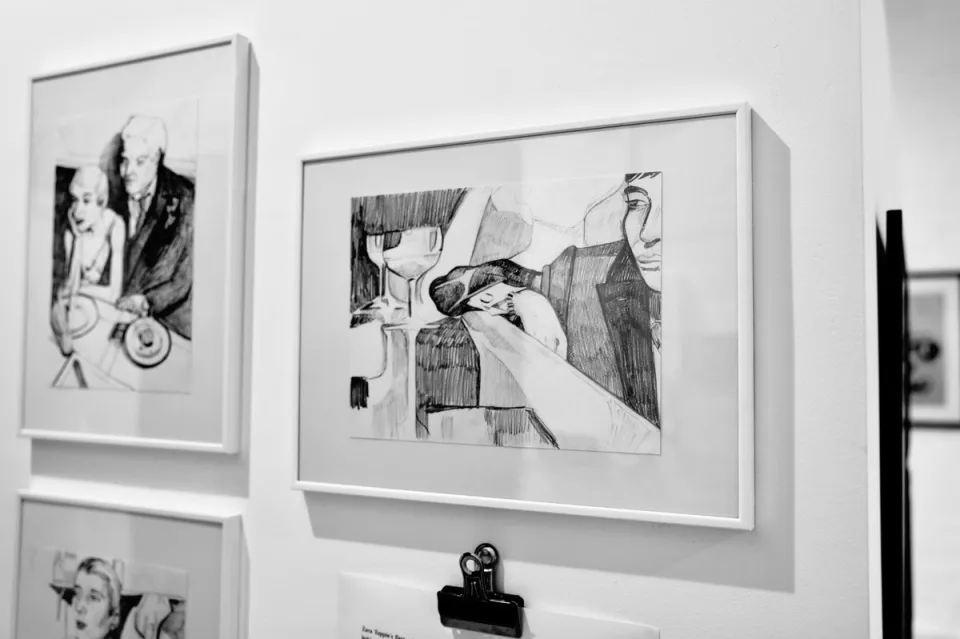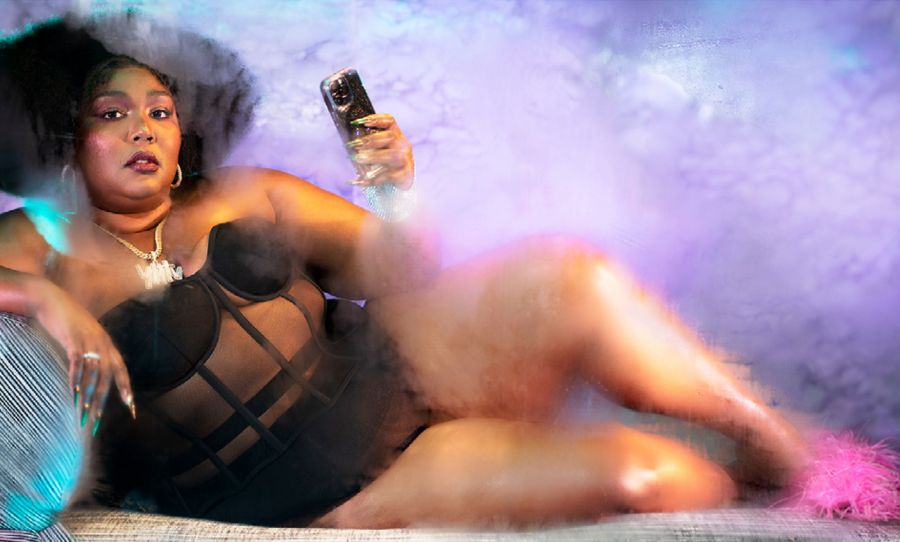London-based artist Zara Toppin’s latest exhibition pays tribute to a legendary lesbian nightclub that was once the center of bohemian nightlife in 1930s Paris.
In the heart of Paris’ Montmartre district, there was once a legendary lesbian bar that stood out among the city’s many nighttime establishments. Le Monocle, which operated from the 1920s to the early 1940s, was not only one of the first lesbian nightclubs in the city but also the most famous. Lulu de Montparnasse, the club’s founder, established Le Monocle in a neighborhood that was already a popular gathering spot for Parisian lesbians.
The club’s scene was described as women dressed in tuxedos and sporting short, bobbed haircuts. The name Le Monocle was inspired by the trend of lesbian women wearing a monocle as a symbol of their sexual orientation. This bygone era of Parisian lesbian nightlife is now being commemorated in a new exhibition by London-based artist Zara Toppin, who pays homage to Le Monocle’s vibrant social scene and the bohemian clientele that made it a cultural icon.

While London today may have only one permanent lesbian bar, a century ago, Paris was a global magnet for queer nightlife that attracted adventurous souls from all corners of the earth. One of the most famous salons of that era was hosted by Natalie Clifford Barney, an extravagant lesbian poet who welcomed the likes of Peggy Guggenheim, Jean Cocteau, Tamara de Lempicka, and F. Scott Fitzgerald into her home on Rue Jacob for over six decades.
Barney’s salon was a melting pot of artistic expression, intellectual exchange, and romantic intrigue, and it was there that Radclyffe Hall, a celebrated lesbian writer, held a reading of her groundbreaking novel The Well of Loneliness following its ban in the UK in the late 1920s. Toppin’s exhibition is an immersive experience that transports viewers back in time to a fascinating world of exhilaration and liberation when lesbian nightlife was thriving.
The 1930s in France was a period of intense social and artistic experimentation, and the contributions of lesbian musicians like Suzy Solidor and Lucienne Boyer, who broke down barriers and challenged societal norms with their passionate performances, were an integral part of this dynamic cultural moment.
View this post on Instagram
This Saturday, you can check out the exhibition at Toppin’s own hair salon near Arnold Circus in Shoreditch.
“I’m quite obsessed with historical lesbians. I once went to Paris and visited all the addresses I’d researched, we all dressed up as historical lesbians too. I had a book on Brassaï and the photos he took are some of the only ones that exist of the space and the people that went there, there must be only about eight images that exist. I saw them and just thought they were so brilliant, the poses and the looks mixed with the black and white, there’s so much melancholy in them.”
Check out more via their instagram
View this post on Instagram



